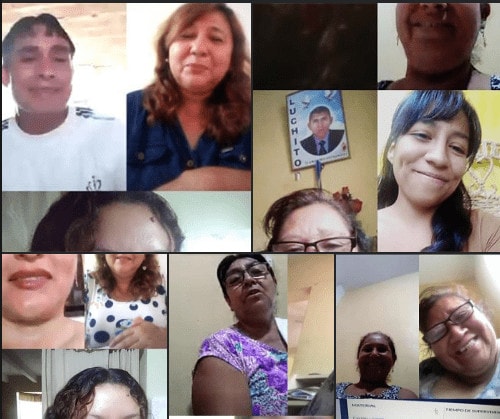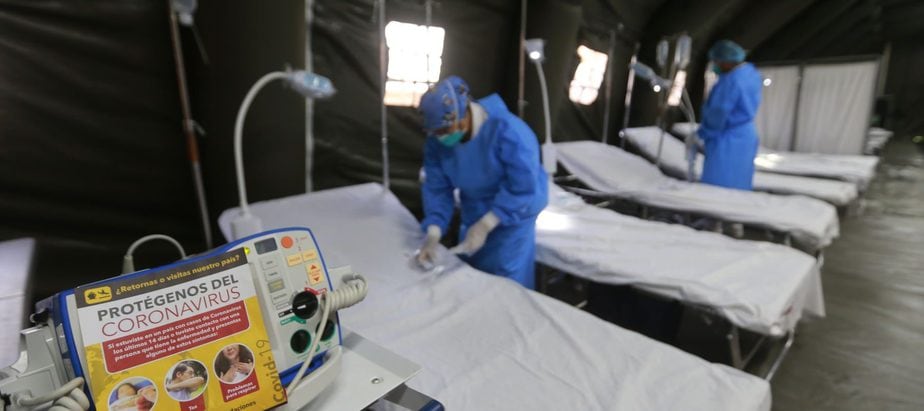The COVID-19 pandemic may be global, but it hits unevenly. The elderly, people with compromised immune systems, people without housing, people facing structural racism and other kinds of discrimination, people living in poverty are all at increased risk. To protect them, it is vital not only to practise physical distancing, but also to work to plug the gaps—in health coverage, in infrastructure, in income—that leave these populations vulnerable in the first place.
In Peru, the disease’s reach and impact reflect just such inequalities. As of April 22, confirmed cases of COVID-19 numbered 19,250 nationally, and 530 people are known to have died from the virus. Peru’s president, Martín Vizcarra, noted with satisfaction that the fatality rate nationally is about half the worldwide average.
But Vizcarra’s statement masks disparities in healthcare, infrastructure and income between the capital and other parts of the country. Although Lima reports by far the most confirmed cases, roughly one-fifth of COVID-19 deaths have occurred in the northern province of Lambayeque, where most of Heart-Links’ partners live and work. In fact, the fatality rate in Lambayeque (11.23%) is about 6 times that of Lima (1.87%).
In Lambayeque, 864 cases of COVID-19 have been confirmed and 97 people have died.
For Heart-Links, this reality underscores the need to continue to support programs in northern Peru aimed at improving living conditions, protecting the environment and ending the social injustices that keep people in poverty.
We thank all of you for joining us in this important work.

takes place virtually during lockdown.

